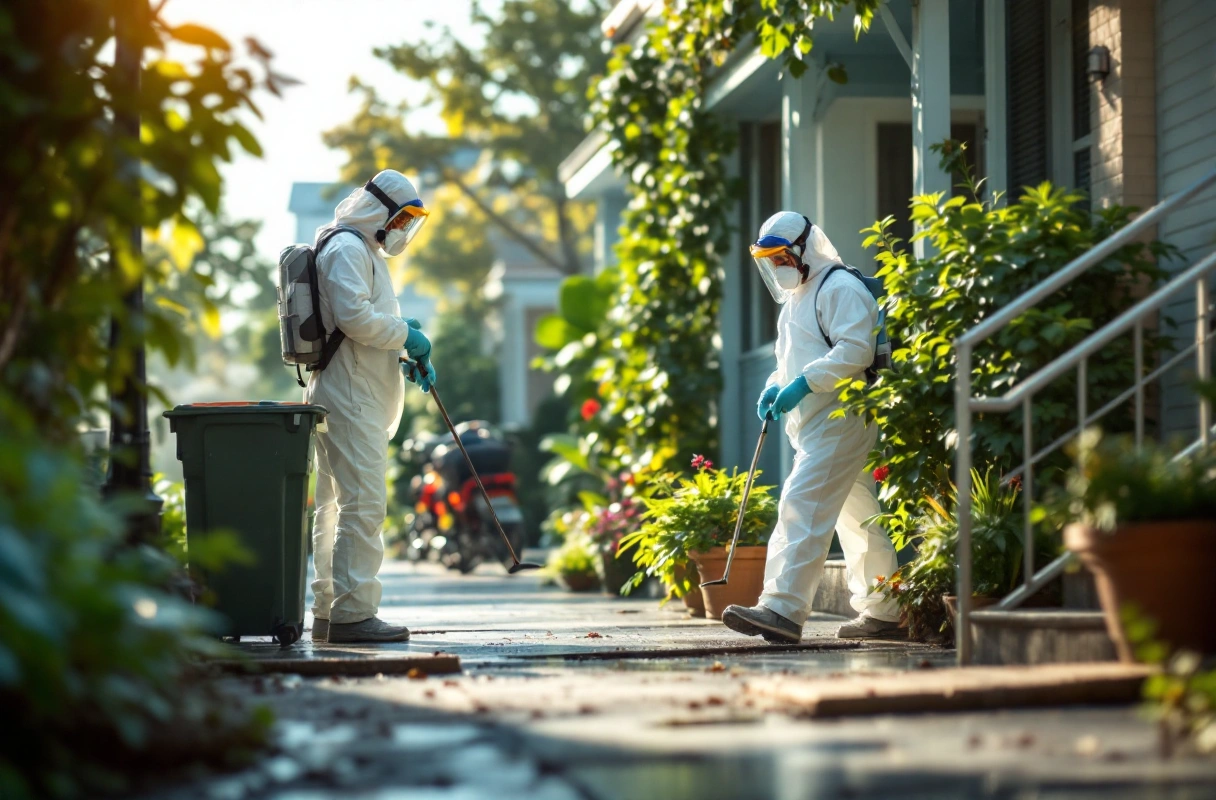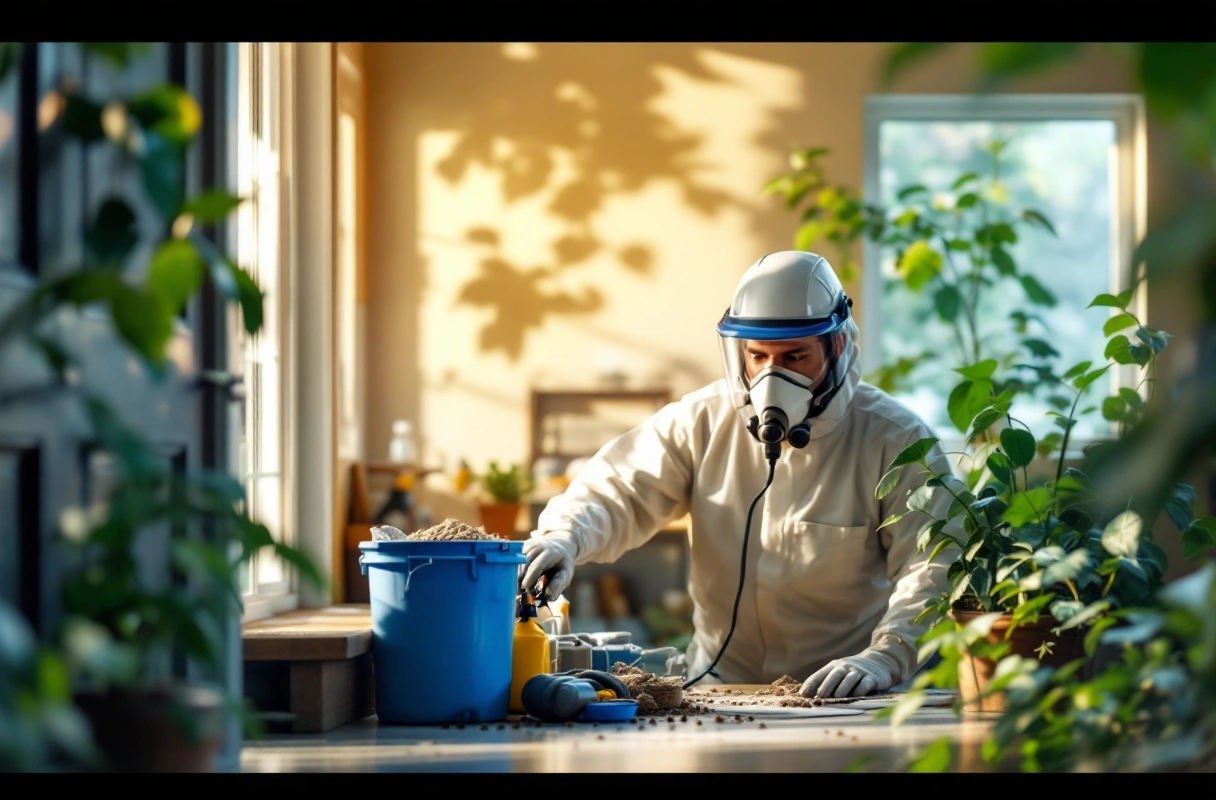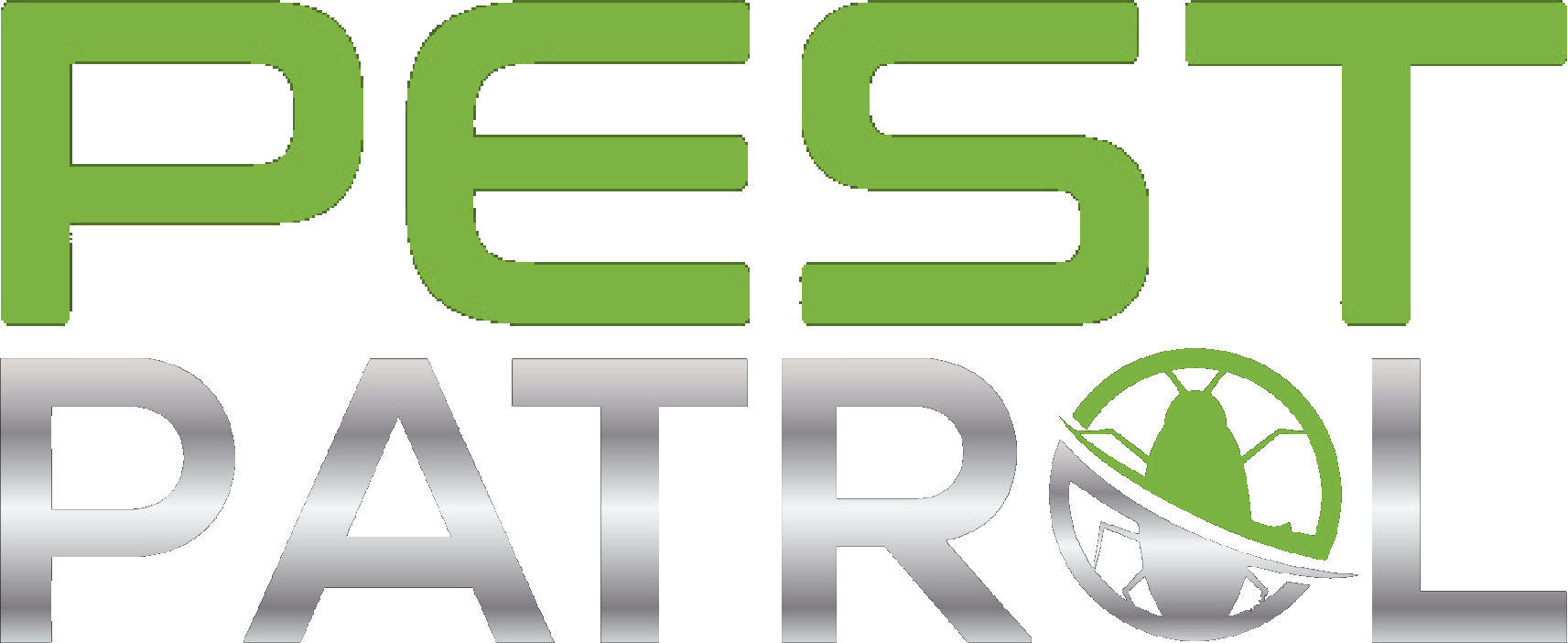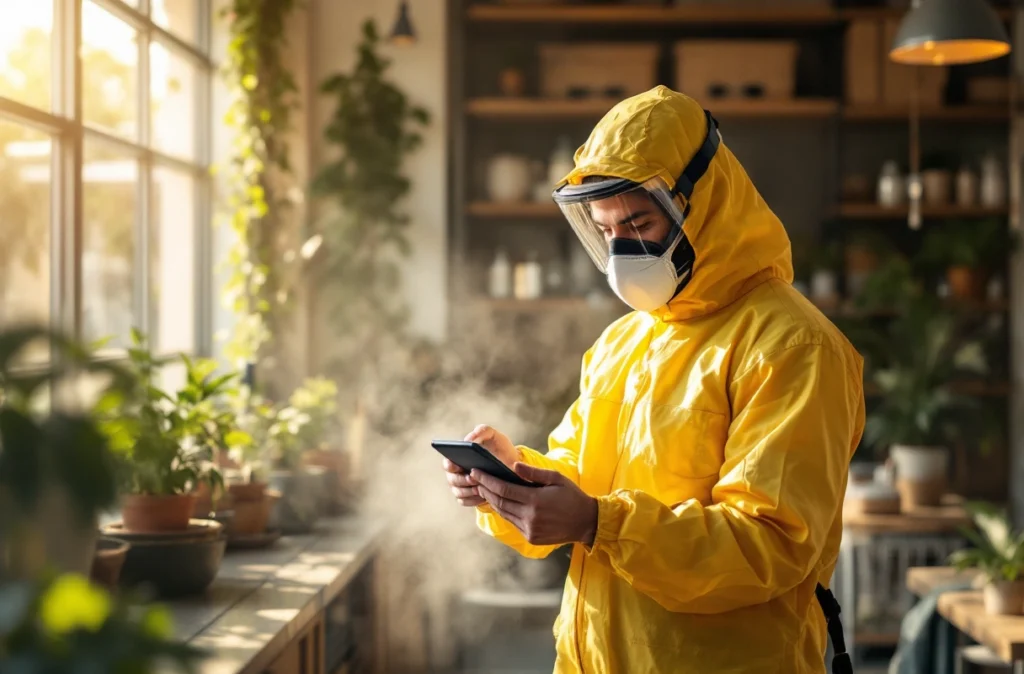When running a business, maintaining a pest-free environment is essential not only for compliance with health regulations but also for protecting your reputation and ensuring customer satisfaction. Engaging with commercial pest control services is a proactive step toward safeguarding your establishment. However, the effectiveness of these treatments often hinges on the preparation that occurs beforehand. This guide provides a comprehensive step-by-step approach to preparing your business for pest control treatment, ensuring you maximize the benefits of the service.
Understanding the Importance of Pest Control for Your Business
Pest infestations can lead to significant financial losses, damage to property, and a tarnished reputation. This is particularly true for businesses in sensitive industries such as food service, hospitality, and healthcare. Engaging commercial pest management services is crucial in these cases to ensure that infestations are dealt with swiftly and effectively.
By preparing your business adequately for pest control treatment, you not only facilitate a smoother process but also enhance the overall effectiveness of the services provided. A well-prepared environment allows pest control technicians to operate efficiently, ensuring that all areas are treated appropriately and that any potential pest issues are addressed comprehensively.
Preparing for Pest Control Treatment: A Step-by-Step Approach

Step 1: Schedule a Pest Inspection
Before any treatment can begin, it’s essential to conduct a thorough pest inspection. This inspection will help identify the type of pests present and the extent of the infestation.
What to Expect During a Pest Inspection
-
Visual Assessment: Technicians will examine the premises for signs of pest activity, including droppings, nests, and damage to property.
-
Identification of Entry Points: Identifying how pests are entering your premises is crucial for preventing future infestations.
-
Health and Safety Evaluation: Inspectors will assess any health risks associated with the pests found.
Scheduling a pest inspection is the first step in utilizing commercial pest control services effectively. It provides a foundational understanding of your pest issues, enabling tailored solutions.
Step 2: Communicate with Your Pest Control Provider
Open communication with your pest control provider is vital. This ensures that you are aware of the procedures and can follow any specific instructions they provide.
Key Points to Discuss
-
Treatment Options: Different pests require different treatment methods. Discuss which methods will be used and why.
-
Preparation Requirements: Ask what specific preparations you need to undertake before treatment, such as moving furniture or securing food supplies.
-
Expected Outcomes: Understanding what to expect post-treatment can help manage your expectations and prepare for follow-up actions.
By maintaining clear communication, you can ensure that both parties are aligned on the goals of the treatment process.
Step 3: Clear the Area for Treatment
A critical part of preparing for pest control treatment is clearing the areas where treatment will take place. This not only helps the technicians work more efficiently but also ensures that the treatment is effective.
Areas to Clear
-
Kitchen and Food Areas: Remove food items, dishes, and utensils. Store food in sealed containers away from treatment zones.
-
Workstations: Clear desks, tables, and work areas of any items that may obstruct access for pest control professionals.
-
Storage Areas: Ensure that storage areas are organized, allowing easy access for technicians to inspect and treat all corners.
By creating a clear workspace, you facilitate a thorough treatment process, enhancing the chances of long-term pest management.
Step 4: Inform Your Staff
Educating your staff about the upcoming pest control treatment is essential. This not only prepares them for any disruptions but also ensures they know how to respond.
Communication Tips
-
Provide Details: Inform staff about the date and time of the treatment and what areas will be affected.
-
Safety Protocols: Explain any safety measures they need to follow, such as vacating the premises during treatment.
-
Post-Treatment Procedures: Outline what actions should be taken after the treatment, such as waiting periods before returning to work areas.
Keeping your team informed fosters a cooperative environment and helps mitigate any potential concerns regarding the treatment process.
Step 5: Implement Preventative Pest Services
While the immediate focus is on treatment, consider implementing preventative pest services to avoid future infestations. These services can include regular inspections and maintenance plans tailored to your business needs.
Benefits of Preventative Pest Services
-
Long-term Cost Savings: Regular monitoring and treatment can save money in the long run by preventing severe infestations.
-
Enhanced Reputation: Maintaining a pest-free environment enhances customer trust and satisfaction.
-
Compliance Assurance: Regular pest management helps ensure compliance with health regulations, especially in industries like food service and hospitality.
Incorporating preventative measures into your pest control strategy can significantly reduce the likelihood of future issues.
Step 6: Follow Up After Treatment
After the pest control treatment has been completed, follow-up actions are crucial for maintaining the pest-free environment.
Key Follow-Up Actions
-
Monitor for Activity: Keep an eye out for any signs of pest activity in the weeks following treatment.
-
Conduct a Review: Assess the effectiveness of the treatment by discussing outcomes with your pest control provider.
-
Adjust Maintenance Plans: Based on the results, adjust your pest maintenance plans as necessary to address any ongoing concerns.
By remaining vigilant and proactive after treatment, you can ensure that your business remains pest-free.
Common Misconceptions About Pest Control

Understanding common misconceptions about pest control can help you make informed decisions and avoid potential pitfalls.
Misconception 1: Pest Control is a One-Time Solution
Many businesses believe that pest control is a one-off service. In reality, ongoing pest management is essential for long-term success. Pests can quickly return if preventative measures are not implemented.
Misconception 2: All Pest Control Treatments are Harmful
While some may fear that pest control treatments are harmful to health, many modern solutions prioritize safety for humans and pets. Discussing treatment options with your provider can help alleviate these concerns.
Misconception 3: DIY Solutions are Sufficient
While DIY pest removal techniques may seem cost-effective, they often lack the effectiveness of professional services. Commercial pest management services utilize specialized knowledge and tools to address infestations comprehensively.
The Role of Pest Patrol in Your Pest Control Journey
Tailored Solutions for Your Business Needs
At Pest Patrol, we understand the unique challenges businesses face when it comes to pest control. Our commercial pest control services are designed to provide tailored solutions that meet the specific needs of your industry. Whether you run a restaurant in Portland or a retail store, our expert team is equipped to handle it all.
Comprehensive Support from Start to Finish
From the initial inspection to the final follow-up, Pest Patrol offers comprehensive support throughout your pest control journey. Our commitment to customer service ensures that you are informed and involved at every step.
Why Choose Pest Patrol?
-
Expert Knowledge: Our technicians are trained in the latest pest control techniques and safety protocols.
-
Customized Plans: We develop pest maintenance plans that align with your business operations and needs.
-
Ongoing Support: Our team is available for regular check-ins and adjustments to your pest management strategy.
By partnering with Pest Patrol, you can rest assured that your business will be well-protected against pests, allowing you to focus on what matters most: running your business.


